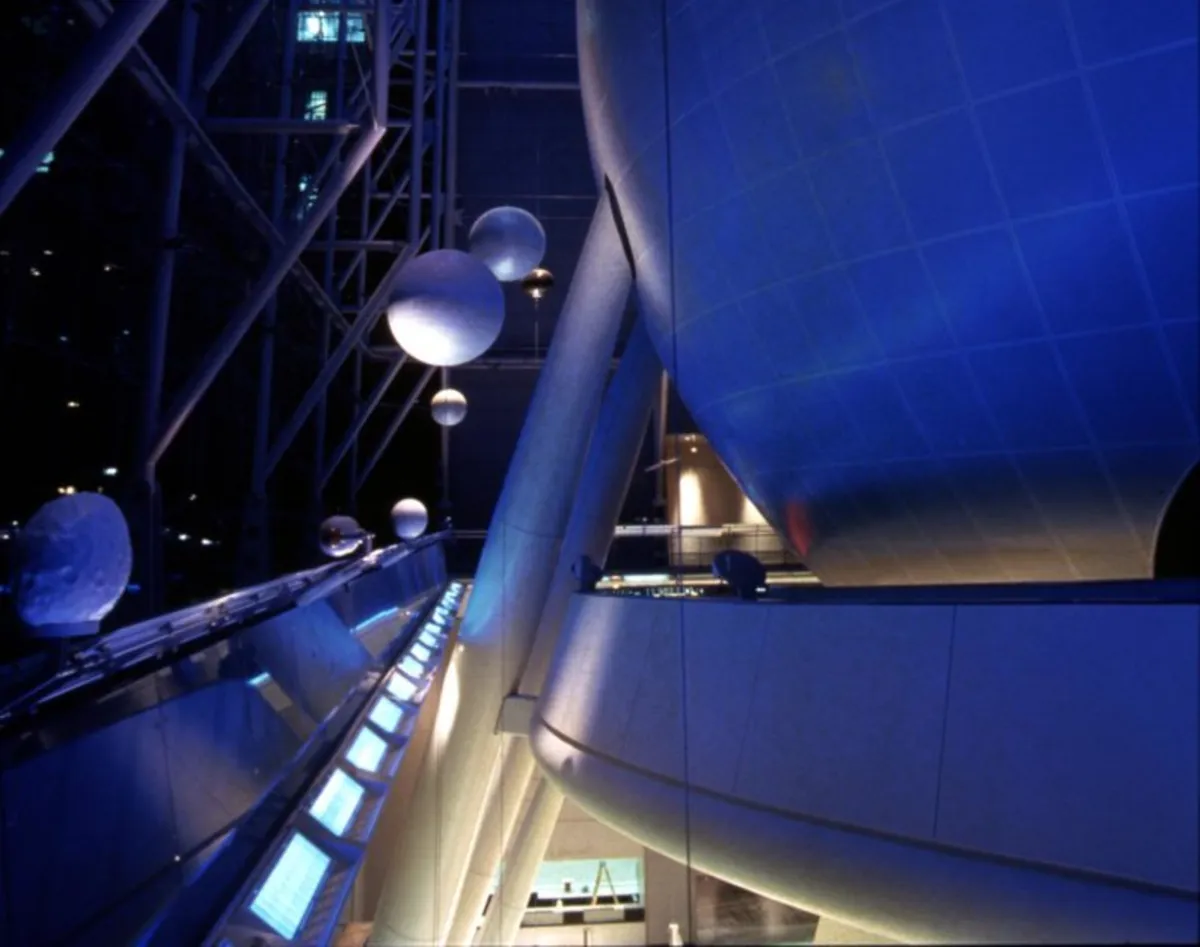
Scientists have recently unveiled one of the solar system’s intriguing secrets, stemming from an unexpected source: a planetarium show that is set to open to the public on Monday at the American Museum of Natural History. Titled “Encounters in the Milky Way,” this immersive experience dives deep into our home galaxy, showcasing how the movements of stars and various celestial objects shape it.
As experts refined a pivotal scene featuring the Oort Cloud, a mysterious region located far beyond Pluto, they focused on its icy relics from the solar system’s formation. The Oort Cloud is known for being the origin of comets that can potentially hurtle toward Earth. However, until now, scientists have struggled to visualize its true shape.
While observing the Oort Cloud scene, something unusual caught the attention of the scientists. “Why is there a spiral there?” questioned Jackie Faherty, an astrophysicist and leader of the museum’s educational programs, who played a crucial role in developing the planetarium show. Astonishingly, the inner section of the Oort Cloud appeared to resemble a bar with two waving arms, akin to the shape of our Milky Way galaxy.
Historically, scientists believed that the Oort Cloud was spherical or shaped like a flattened shell, influenced by the gravitational forces of nearby planets and the Milky Way itself. Yet, this planetarium show suggested the possibility of a more complex internal structure. The museum quickly reached out to the researcher who supplied the Oort Cloud data for the show, who was equally astonished to see the spiral formation. David Nesvorny from the Southwest Research Institute noted, “It’s kind of a freak accident that it actually happened.”
Recognizing the significance of their discovery, the researchers published their findings earlier this year in The Astrophysical Journal. According to planetary scientist Andre Izidoro from Rice University, who was not involved in the study, the spiral represents “a striking shift in our understanding of the outer solar system.” Despite the challenges of confirming this discovery through direct observation, understanding more about the orbits of distant comets may provide essential clues, Izidoro added.
During the development of the planetarium show, the museum's experts did not anticipate uncovering such profound insights into the universe's workings. Narrated by actor Pedro Pascal, the show showcases a plethora of vibrant scenes that may captivate audiences, including the ongoing merger of the Sagittarius mini-galaxy with the Milky Way. Jon Parker from the museum remarked that while the visuals are spectacular, the institution is dedicated to ensuring scientific accuracy in all aspects of the show.
Carter Emmart, another expert at the museum, emphasized that the combination of creativity and scientific rigor created an environment ripe for unexpected discoveries. “You just never know what you’re going to find,” he stated. This groundbreaking revelation highlights the significance of interdisciplinary collaboration in advancing our understanding of the universe.
The Associated Press Health and Science Department receives support from the Howard Hughes Medical Institute’s Science and Educational Media Group and the Robert Wood Johnson Foundation. The AP is solely responsible for all content.